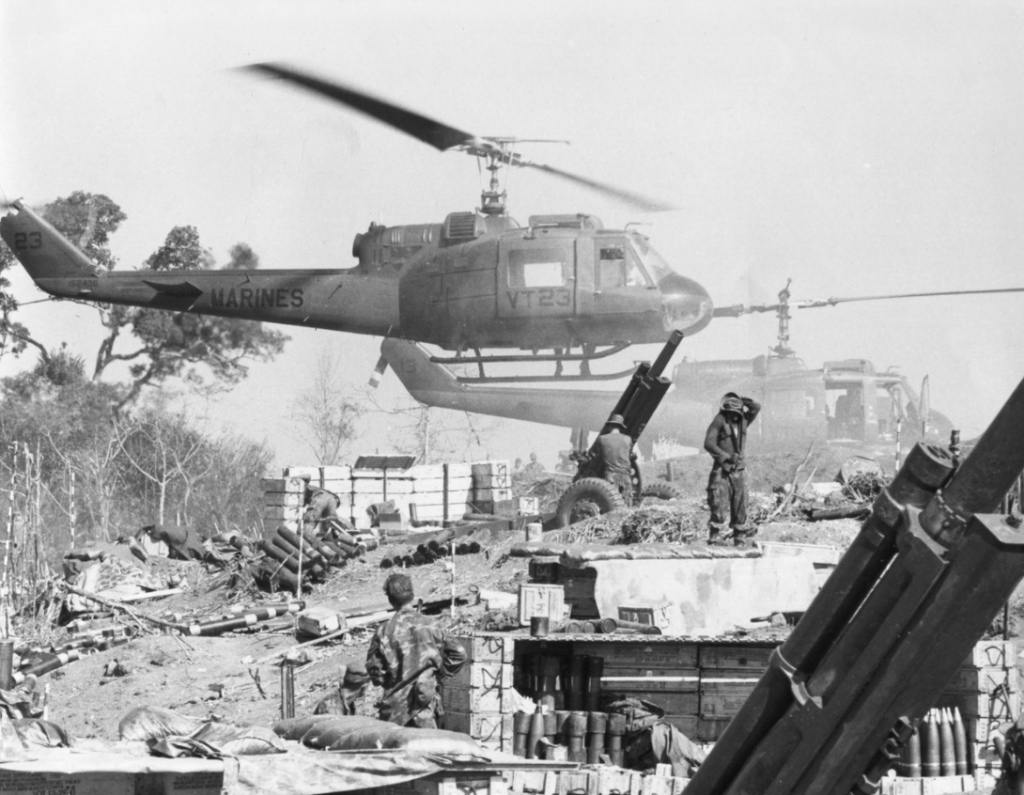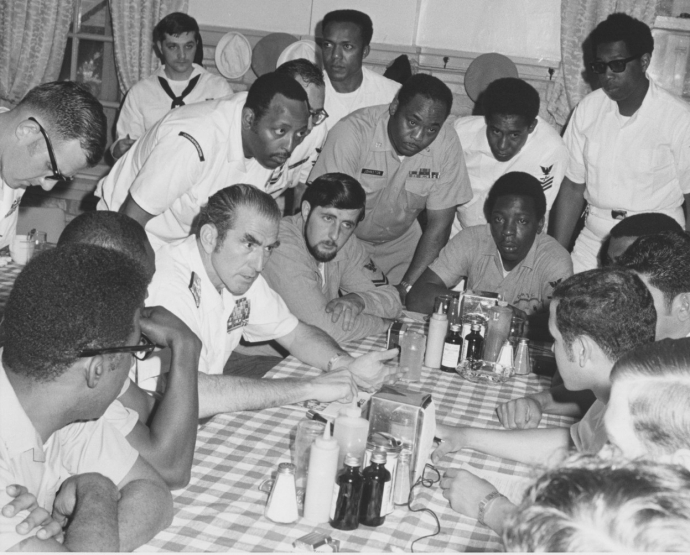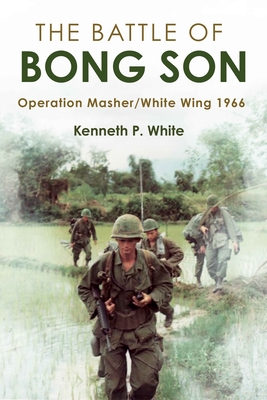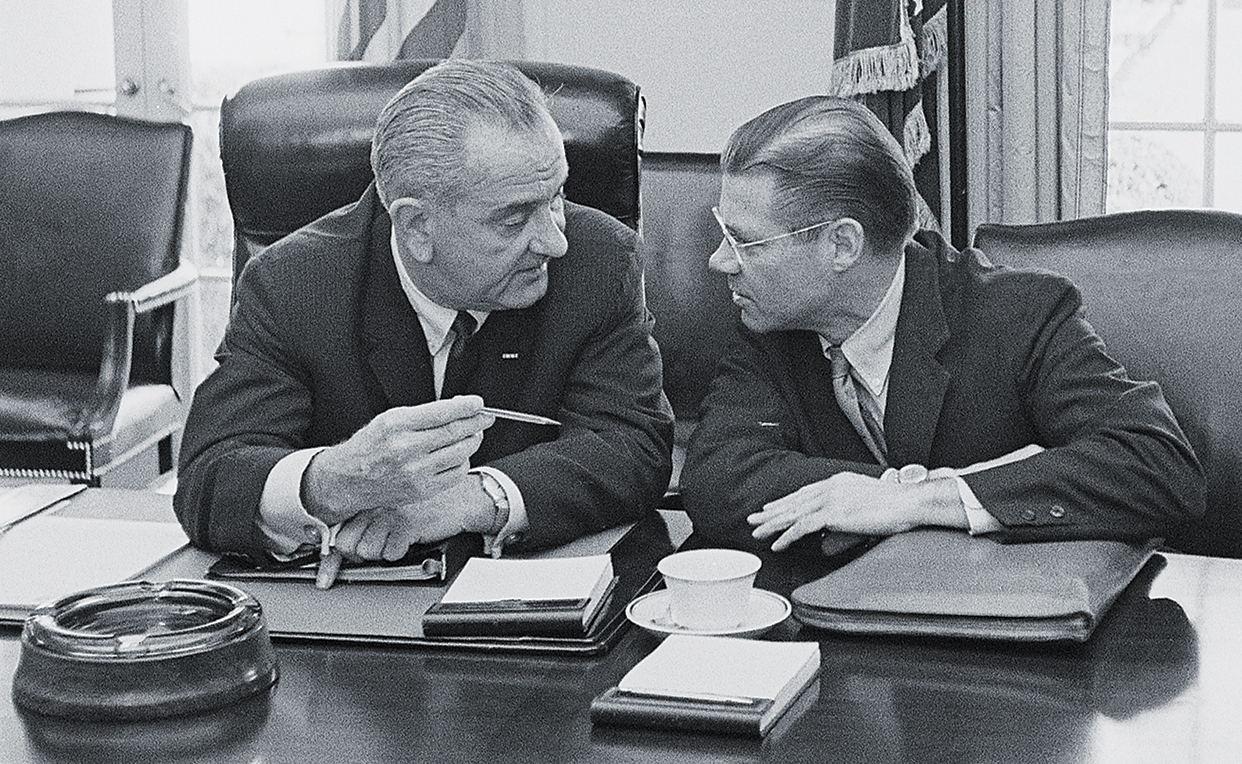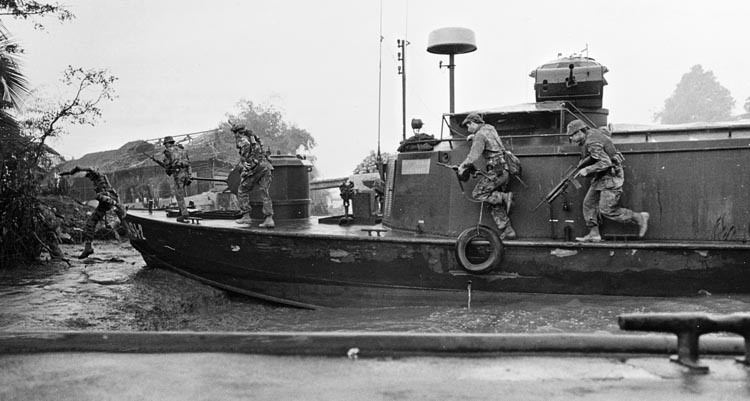
Historian William Nester relegates the Vietnam War to a mere second act in a long play about the Cold War. In setting the stage for his latest book, World of War: A History of American Warfare from Jamestown to the War on Terror (Stackpole, 472 pp. $39.95, hardcover; $28.99, Kindle), Nester analyzes the attitude of Americans toward the world at large. He begins by saying, “Americans are among history’s most war-prone people.”
At the same time, Nester cites the foundation of American culture as humanism and individualism, fortified by idealized and romanticized history. Hero worship, he says, has motivated many Americans in many ways. Nester also recognizes imperialism and hegemony as American traits.
A professor of government and politics at St. John’s University in New York, William Nester has written more than three dozen books on national security, military history, and the nature of power.
In World at War, he contends that Americans never lacked reasons for entering into warfare, but says that how commander-in-chief presidents justified entering conflicts has significantly differed, particularly in scale. War entails what Nester classifies as physical (hard) and psychological (soft) powers. In equal physical battles, he says, the “side with greater soft power will win.” In essence, diplomatic, economic, and political power complement military power. These truths apply to revolutions as well as wars between nations.
Speaking of leadership, Nester says that politics and psychology are as inseparable as war and peace. He quotes Henry Kissinger saying it is delusional “to believe that leaders gain in profundity while they gain experience…. The convictions that leaders have formed before reaching high office are the intellectual capital they will consume as long as they continue in office.”
Within this framework, Nester deconstructs the nation’s array of wars during four centuries of American history.
He argues that the Vietnam War provided a wealth of mediocre and dismal examples of civilian and military leadership. At times, Nester relies on multiple sources to prove this point. For example, when he says, “Eventually nothing ultimately discredited the global containment strategy [of France and the United States against communism] worse than the Vietnam War,” he lists thirteen books that buttress that conclusion. He examines strategy from a lofty level and blames America’s missteps on a lack of insight by those with the power to rectify it.
World of War reviews the many American strategies we pursued in the Vietnam War from the time of Harry Truman’s administration through Richard Nixon’s. For people well-versed in the history of the war, reading accounts of U.S. actions from the Battle of Diên Biên Phú in 1954 to the communist takeover in 1975 is like reading headlines of the era.
“Only three American programs achieved some success because they tried to balance hard and soft power,” Nester says: the Combined Action Program (CAP), the CIA counterinsurgency Operation Phoenix, and the strategic hamlet Civil Operations and Rural Development Support (CORDS) program. Two of the three were soft actions.

By categorizing the Vietnam War as but one episode in the Cold War, Nester foretells a diminishing of America’s hard and soft powers as a world leader. For anyone interested in American history beyond the Vietnam War, World of War offers 400 years of interesting and colorful drama with plenty of good and bad actors.
–Henry Zeybel


